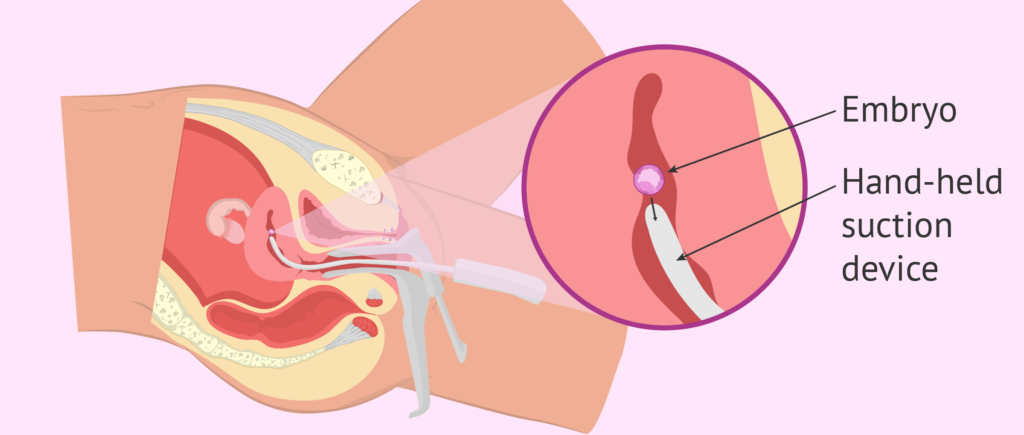Surgical Abortion in Nepal: Expectation During the Procedure and Recovery
Surgical abortion in Nepal is a safe and legal procedure, often chosen by women who are more than 12 weeks pregnant. The process is performed by a trained healthcare professional and involves the removal of the pregnancy tissue from the uterus. If you're considering surgical abortion in Nepal, here's what you need to know about the procedure and recovery.
What Is Surgical Abortion?
Surgical abortion is a medical procedure that terminates a pregnancy. In Nepal, this procedure is usually done using two methods: vacuum aspiration (for pregnancies up to 12-14 weeks) and dilation and evacuation (D&E) for pregnancies beyond 14 weeks. Both methods are effective and safe when performed by skilled professionals.
During vacuum aspiration, a gentle suction is used to remove the contents of the uterus. For dilation and evacuation, the cervix is widened, and special instruments are used to clear the uterus.
What to Expect During the Procedure
If you're opting for a surgical abortion in Nepal, here’s what typically happens:
- Preparation: You will first meet with a healthcare provider who will explain the procedure, answer your questions and discuss pain management options. In most cases local anesthesia is used to numb the cervix, while some women may opt for sedation or general anesthesia.
- Procedure and Duration: The entire process usually takes 10-20 minutes, depending on the stage of pregnancy. For vacuum aspiration, a thin tube is inserted into the uterus to remove the pregnancy tissue. In D&E, surgical instruments are used after the cervix is dilated.
- After the Procedure: You may spend some time in a recovery area until you feel well enough to go home. The healthcare provider will give you detailed instructions on what to do next.
What Is Recovery Like After a Surgical Abortion?
Recovery after a surgical abortion in Nepal is generally quick with most women able to return to their normal activities after 1 to 2 days. Here's what to expect:
- Bleeding and Cramping: It is normal to experience light bleeding and cramping similar to menstrual pain for a few days. Over-the-counter pain relievers can help manage discomfort.
- Rest: Rest for at least 24 hours after the procedure. Avoid hard activities during the initial recovery period.
- Follow-Up Care: You may need to schedule a follow-up visit with your healthcare provider to ensure proper recovery and discuss any concerns you may have.
How Long After a Surgical Abortion Can I Exercise?
Exercise can usually be resumed within a week after a surgical abortion. However, it's important to listen to your body:
- Light Exercise: Gentle walking or stretching can be started after 1-2 days, as long as you feel comfortable.
- Strenuous Activities: Avoid heavy lifting, running or high-impact exercises for at least a week or until your healthcare provider gives you the green light.
What to Expect After Evacuation (D&E)
After a dilation and evacuation (D&E) procedure expect a recovery period similar to that of vacuum aspiration:
- Physical Symptoms: You may have mild cramping and spotting for up to two weeks.
- Emotional Support: It's also important to recognize that you may experience emotional reactions following the procedure. Support from loved ones or counseling services in Nepal can be helpful during this time.
How long after evacuation can you get pregnant?
You can get pregnant as soon as 2 weeks after a surgical abortion (evacuation) because your body may start ovulating again quickly. If you want to avoid pregnancy, it’s important to use contraception right away.
However, if you’re planning to get pregnant, it’s a good idea to wait until you’ve fully recovered and discussed it with your doctor to ensure your body is ready.
Surgical abortion in Nepal is a safe and accessible option for terminating a pregnancy. By knowing what to expect during the procedure and recovery, you can feel more prepared and at ease. Always follow the advice of your healthcare provider and seek support if needed to ensure a smooth recovery.

